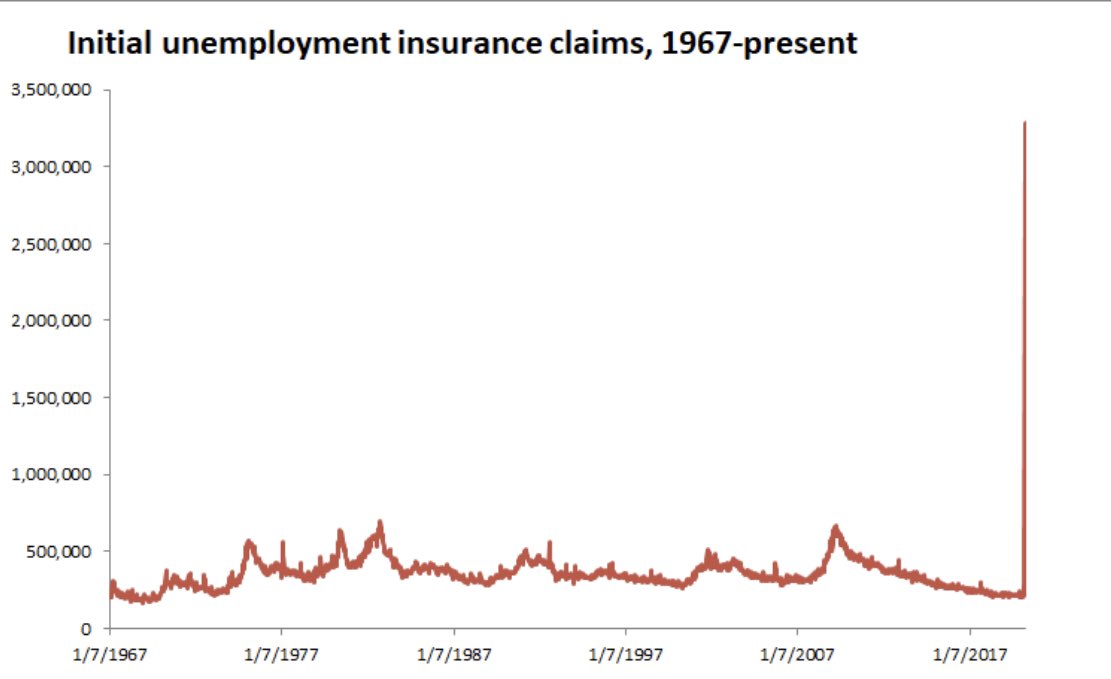Ao longo dos anos tenho escrito aqui no blogue sobre o advento de Mongo (aka Estranhistão) e sobre a democratização da produção, sobre os makers e makerspaces (ver marcadores abaixo).
Assim, como não sorrir ao ler "The Autonomous Factory: Innovation through Personalized Production at Scale" (a única coisa que me deixa algum desconforto é a interpretação que se possa dar aquele "at scale" porque penso naquele "tu não és do meu sangue", porque penso na paixão assimétrica das tribos).
Mongo não é só capacidade de produção customizada a custo aceitável, Mongo é também paixão, interacção entre produtor e utilizador, Mongo é pertença à mesma tribo. Julgo que muita gente ainda não percebeu isto, não basta ter capacidade produtiva, tem de se ser capaz de sonhar com e desafiar o outro, fazedor ou utilizador. Por isso, estas experiências feitas pelas Siemens deste mundo são bem vindas, aprecio-as pragmaticamente pelo trabalho de pavimentação que fazem para os pequenos que virão depois. Os pequenos nunca teriam poder para alterar leis feitas no "século XX" para proteger um mundo que se vai desvanecendo, tal como a Uber.
Vamos a alguns trechos do texto:
"Nowadays, consumers expect the ideal product in terms of size, material, shape, color, quality and other individual needs and specific requirements. Advances in technology and digitalization have created a significant market for individualized offerings. Personalization at scale has the potential to create $1.7 trillion to $3 trillion in overall new value. Capturing this value requires companies mastering the underlying technologies and enabling consumers to be their own product designers [Moi ici: Essa é a primeira fase "to be their own product designers", mas para isso não precisamos de empresas, precisamos de espaços ao estilo "Grab-and-Go" com máquinas 3D e pouco mais. A segunda fase é quando entram os designers, os desafiadores, os curadores, os que ajudam a afinar o gosto. Espaço para cooperativas de fazedores].
...
Producing companies are therefore facing pressing questions: How can a production process evolve to meet these personalization demands? How to decide on the best automation strategy? And how will the future of production ultimately look like? It essentially comes down to the question: What to automate and to which degree? It can be all too easy to get carried away with automation for its own sake, but the result of this approach is almost always projects that cost too much, take too long to implement and fail to deliver against a company’s business objectives and operations strategy. [Moi ici: Este trecho faz logo lembrar as experiências da Mercedes e da Toyota que já entraram na fase da desautomatização por causa da flexibilidade que precisam. Li este trecho umas três vezes nas últimas 24 horas e sempre emergiu na minha mente a foto que serve de papel de parede numa sala de reuniões de uma empresa. No texto que escrevi em 2017 cometi um erro, assumi que a fábrica era anterior à electricidade. No entanto, depois percebi que no tecto estavam as lâmpadas ... eléctricas. O que ainda reforça mais a pergunta que faço no tal postal de 2017, "Quanto tempo?". Já temos as peças todas, mas ainda não aprendemos, ainda não dominamos como as vamos organizar. Julgo que o maior obstáculo está na mente, a formatação a que fomos sujeitos coloca-nos palas que escondem o que para quem virá mais tarde, será um duhhh!]
...
The extent of twenty-first-century customization and personalization also requires production businesses accommodating a large variety of versions of any given product, which must be produced in smaller batches with very short lead times. This Low Volume – High Mix production typically means lot sizes of less than 20 pieces (occasionally, down to 1 piece only) per ordered lot, involving increased complexity and administration cost. The fundamental challenge for producing companies can therefore be formulated as: Maximizing overall productivity under
- higher personalization (i.e. increasing variety of product versions)
- smaller and variable lot sizes
- shorter product life cycles (i.e. shorter time spans available to production)"

Lembram-se da
VW e a Deutsche Post? A maior barreira é a formatação da nossa mente, sempre em busca da
big bet idealizada no século XX. Incumbente, linha vermelha, vê a evolução acima "
This Low Volume – High Mix production" como uma fuga do Paraíso, uma pedra no sapato. A organização do futuro, linha a preto, olha para a mesma realidade e vê oportunidades.

%2017.55.jpeg)







%2006.21.jpeg)












